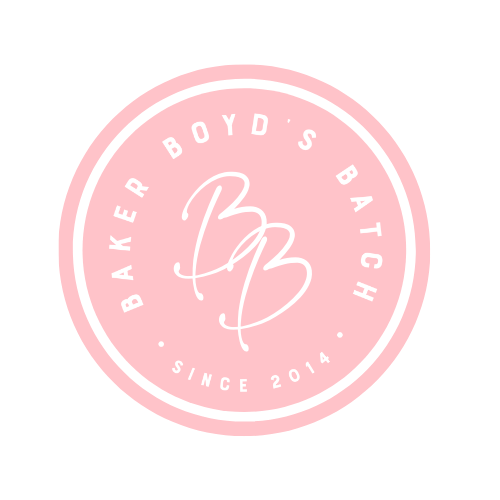After all of your hard work, you are in for this most amazing treat! Fresh sourdough bread! Even if you have had delicious sourdough bread before, there is nothing that compares to a freshly baked loaf coming straight out of your oven. The smell, the taste, the texture...seriously the texture of that crust is like candy...crispy, crunchy and oh so flakey!! I can’t wait for you to enjoy it!!
Day 10 - Directions:
1- Place cast iron pot with lid into oven.
2- Preheat oven to 500° F convection. (Continue preheating oven for at least 15 min after oven says it is preheated.)
3- Take dough out of refrigerator. Uncover and sit on counter. Place piece of parchment paper on top of dough, and carefully flip over so the dough is on top of the parchment paper, which is on top of the counter.
4- Place parchment paper and dough into cast iron pot.
5- Using bread lame or sharp knife, cut the top of the loaf.
6- place hot lid back onto cast iron pot and place back in the hot oven.
7- turn oven temperature down to 450° F and bake for 30 minutes.
8- remove cast iron lid, turn oven temperature down again to 400° F and bake for 20 more minutes.
9- let bread cool for at least 20 minutes before you dig into it! It is better if you wait an hour or 2 to let the dough set, but I get it if you just can’t wait!!! 😁 I hope from the bottom of my heart that you enjoy and have fun perfecting your favorite way to make this delicious bread! Happy Baking!






